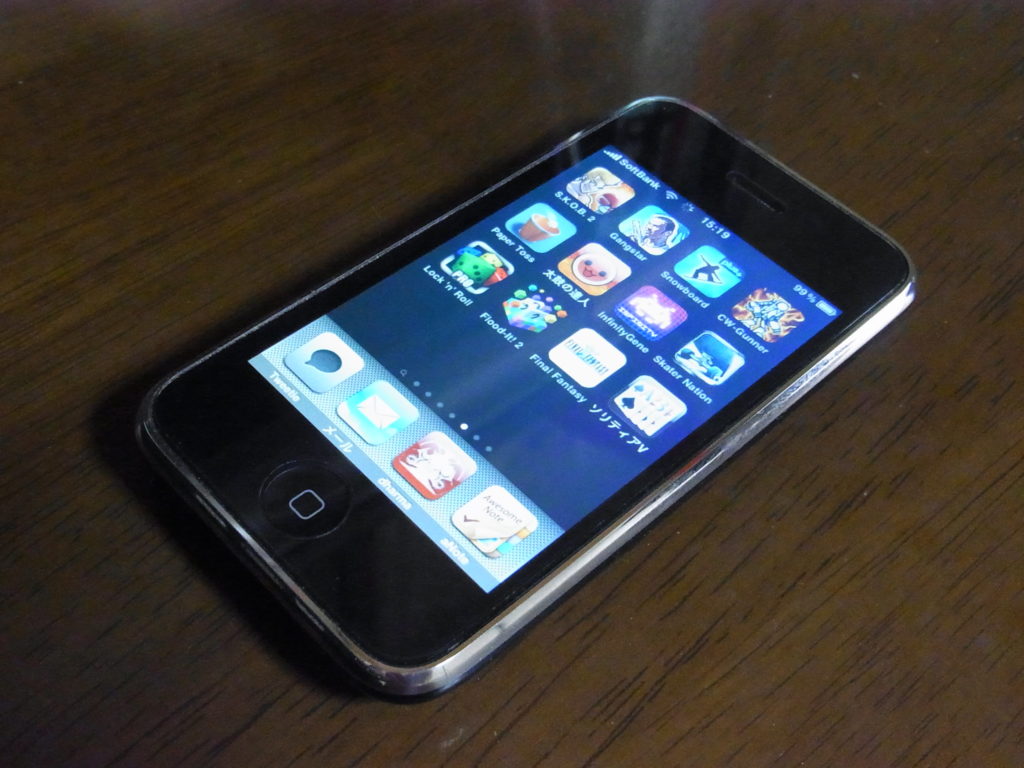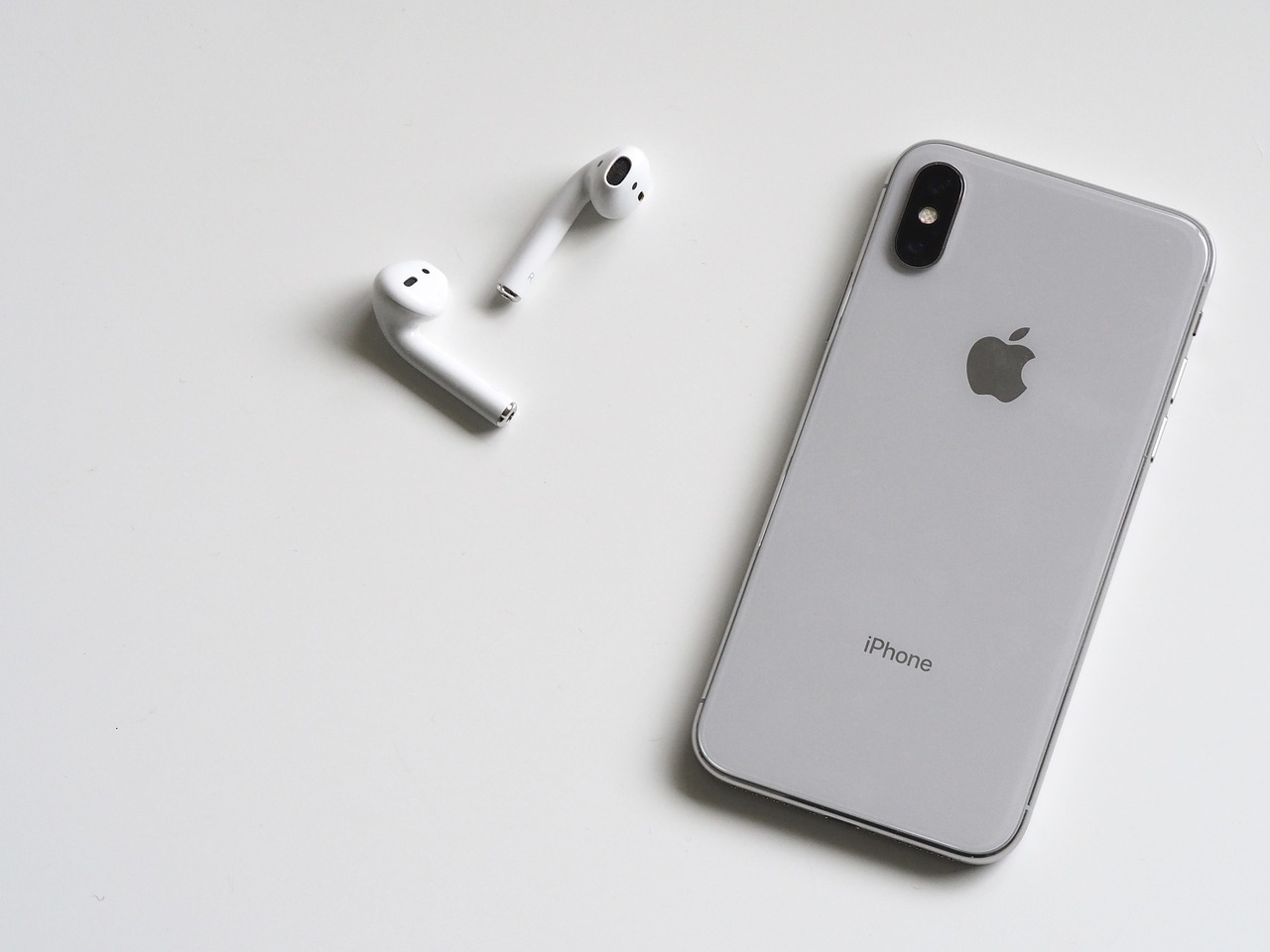Apple controversially admitted to deliberately slowing down older models to compensate for deteriorating battery capacity. Beginning with iOS 10.2.1, Apple started slowing down the iPhone SE, iPhone 6 series and iPhone 7 series in order to avoid sudden shutdown.
If an upgrade isn’t in the cards, all is not lost. By implementing the following tips, you can optimize your older iPhone and make it run faster and more smoothly.
1. Update apps
Unless old apps are updated for the latest iOS install, they often throw up glitches. After updating your phone to the latest version of iOS, open the App Store to check for recommended updates to your apps, selecting “update all”.

2. Close unnecessary apps
Running apps unnecessarily can slow down your phone. Close down apps completely when you have finished using them in order to boost performance.
3. Turn off automatic updates
Recent versions of iOS make users’ lives easier by running certain processes in the background. App updates are often automated by default.
While this eliminates annoying badge alerts on the App Store icon, it can be a significant drain on the CPU, not to mention battery life. Many iPhone owners disable automatic updates. To do so, go to the App Store’s Automatic Downloads section, and tap the toggle switch to turn off updates.
4. Turn off background app refresh
Apps also may refresh content in the background. For example, Twitter and Facebook both implement automatic background updates, without the user needing to manually update their feed each time they open the app.
Although this facility is helpful, it also occupies CPU cycles. Visit Settings > General > Background App Refresh, and tap the toggle to switch off this function. Alternatively, you may opt to leave Background App Refresh enabled, scrolling through the list of installed apps and switching them off individually.
5. Update iOS
Updating to the latest version of iOS will often fix speed issues. Assuming your phone supports the latest version, updating it will provide fixes and patches to resolve known problems, ironing out issues that potentially could slow down performance of your iPhone.
In terms of large updates, it pays to be cautious, since the latest iOS versions are geared toward newer handsets with blockbuster hardware. In some cases, updating to the latest operating system with a phone featuring older components could potentially slow down its operation, although iOS 13 is compatible with iPhone SE and the iPhone 6 and 7 series.
6. Free up space
When an iPhone is used with its internal storage at or near capacity, it will run slower. You can lighten the load by deleting unwanted videos and photos, and removing apps you no longer use.
To free up extra space, go to Settings > General > Storage & iCloud Usage > Manage Storage. Here, a colorful chart indicates how much space remains. Manage Storage also provides recommendations on how to save space, such as enabling iCloud Photo Library, Offload Unused Apps, Auto Delete Old Conversations and Review Large Attachments.
7. Reduce motion effects and transparency
iOS implements visual effects to provide a sense of depth when users open and close apps or tilt the screen. These effects generally improve user experience, but also can impact performance.
To adjust this function, go to Settings > General > Accessibility > Reduce Motion and turn on Reduce Motion. Turning off Auto-Play Message Effects also can improve performance, though it dampens the fun in text messaging.
Transparency also impacts iPhone performance. By visiting the Accessibility screen and tapping on Increase Contrast, you can turn on Reduce Transparency. This setting reduces blur effects and transparency, which again can have a beneficial impact on device performance.
8. Reduce location services

Location services drain both battery life and performance. Cutting down the number of apps that can access a device’s GPS can significantly speed up your iPhone.
9. Clear browser history
Left unchecked, browsers accumulate vast amounts of unnecessary data. Go to Settings > Safari to clear your browser history. Doing so regularly frees up storage space and helps speed up your device.
10. Reboot
If you have tried everything else to speed up your device, restart it. When an iPhone has been switched on constantly for days, or even weeks on end, powering it off and giving it a break before turning it back on can be all that is required to iron out a performance blip.
Conclusion
By taking a few simple steps, you can boost your iPhone’s performance significantly. With the average lifespan estimated at four years, three months, routine maintenance can help keep your device running quickly and smoothly for years to come.

